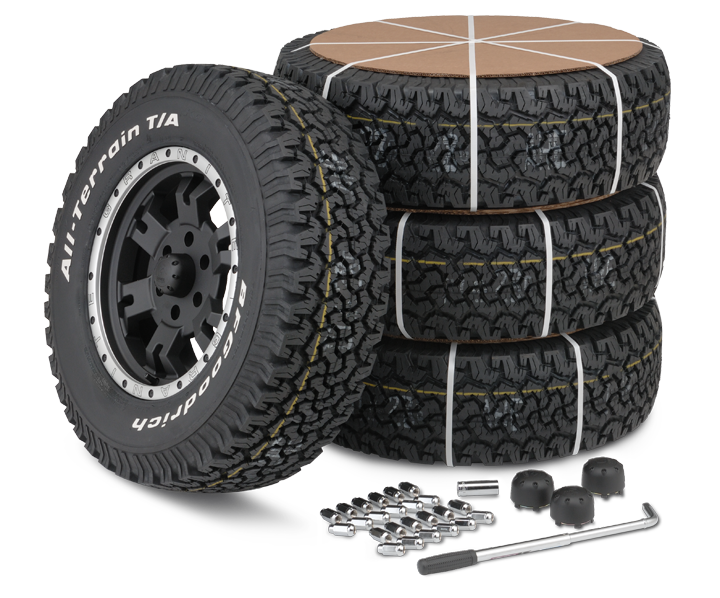High Quality Tire Shop Morris: Your Best Location for Tire Needs
Tire Service: Recognizing Tire Pressure Surveillance Equipments
Recognizing Tire Stress Tracking Solutions (TPMS) is a critical facet of preserving optimum lorry performance and security on the roadway. With developments in automobile technology, TPMS has ended up being a standard feature in modern-day automobiles, providing real-time information on tire pressure degrees. Delving deeper into the intricacies of TPMS, one can discover the different components that comprise this system and the importance of each in guaranteeing accurate tracking. From direct to indirect TPMS systems, the landscape of tire pressure tracking is diverse, each with its special collection of benefits and factors to consider. Keep tuned to decipher the intricacies of TPMS, from maintenance ideas to the undeniable benefits of keeping your tires effectively blew up. morris tire and alignment.

Value of TPMS
The significance of Tire Stress Monitoring Equipments (TPMS) depends on their ability to enhance lorry safety and efficiency via real-time monitoring of tire pressure levels. Maintaining the right tire pressure is critical for making sure optimum handling, braking, and total security of a lorry. TPMS offers vehicle drivers with immediate feedback on any overinflated or underinflated tires, permitting prompt changes to be made.
Parts of TPMS
Sensing units are usually located in the tire valve stem or attached to the wheel assembly, where they gauge tire stress and transfer data to the control module. Some advanced TPMS designs additionally present the real tire pressure readings for each tire, offering drivers with real-time information to guarantee optimal tire efficiency and safety and security. By monitoring tire stress constantly, TPMS helps avoid accidents, lowers tire wear, and enhances fuel efficiency, making it an important component for lorry security and efficiency. mopar tire service specials.
Sorts Of TPMS

On the other hand, indirect TPMS depends on the car's wheel speed sensors to keep an eye on tire stress. This system detects underinflation by comparing the rotational speeds of the wheels. Indirect TPMS is less costly than direct TPMS, as it utilizes existing sensing units within the car.
While direct TPMS provides much more accurate readings, indirect TPMS is less complex in design and normally needs less maintenance. Both systems have their advantages and restrictions, and the choice between them typically depends on elements such as cost, car make, and individual choice. Understanding the differences between these two kinds of TPMS can help automobile proprietors make informed decisions relating to tire maintenance and security.
TPMS Upkeep Tips
Conduct routine checks on the tire stress degrees and contrast them Related Site with the TPMS readings to ensure they are constant. During tire rotation or replacement, make certain that the TPMS parts are handled carefully to stop any kind of possible damage. If the TPMS warning light brightens on the control panel, address the issue promptly by examining the tire stress and the overall system for any type of faults.
Advantages of Appropriate Tire Pressure
Keeping proper tire pressure, as highlighted in TPMS Maintenance Tips, is essential for enjoying the numerous advantages linked with ideal tire pressure degrees. One of the primary advantages of preserving the correct tire stress is improved fuel efficiency. When tires are appropriately inflated, there is much less rolling resistance, bring about much better fuel economic climate. Furthermore, appropriate tire stress ensures even tire wear, prolonging the life-span of the tires and advertising safer driving problems. With the right tire pressure, automobiles likewise have far better handling and traction, particularly in adverse weather. This can boost general driving efficiency and safety and security for the motorist and passengers. In addition, keeping ideal tire pressure can add to a smoother and a lot more comfortable ride by minimizing resonances and sound brought on by underinflated tires. In final thought, the advantages of correct tire stress exceed simply tire long life; they include enhanced fuel effectiveness, boosted safety and security, better vehicle efficiency, and overall driving comfort.
Verdict
To conclude, comprehending tire pressure monitoring systems (TPMS) is vital for preserving optimal tire stress and ensuring lorry security. By identifying the relevance of TPMS, recognizing with its components, recognizing the various types readily available, sticking to appropriate upkeep ideas, and recognizing the benefits of preserving correct tire pressure, chauffeurs can enhance their driving experience and lengthen the life-span of their tires. Proper tire stress is key to secure and effective car procedure.
